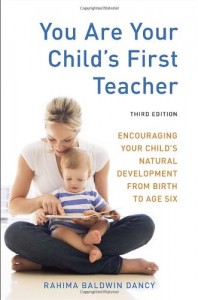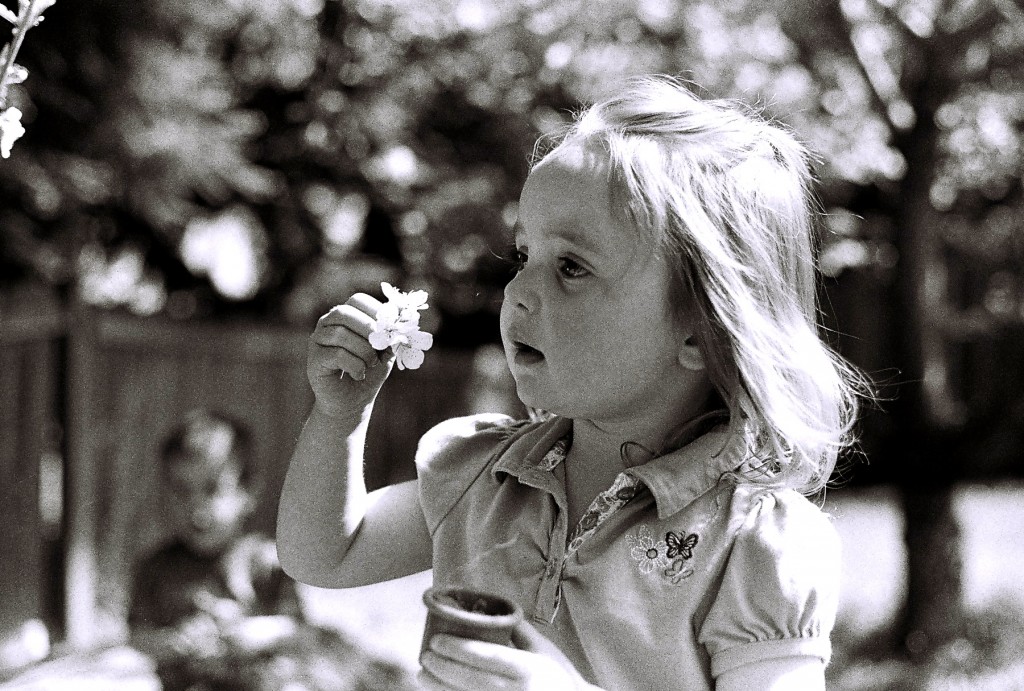In my last article, Imagination & Creation, I talked about the importance of imagination in child development. I will create a series of short articles talking about ways to encourage this development. Today my focus is on a child’s toys. I’ve been reading the book “You Are Your Child’s First Teacher” by Rahima Baldwin Dancy, and will be using it as a reference because of all the wonderful information within this reading.
Children naturally know how to play, first through movement (infants), then through imagination by mimicking the world around them (pretending to vacuum, cook, etc.), and then through conversational imaginative play. These stages do not necessarily need to be directed, they will come naturally. But, the following are some important things to consider when providing toys for your developing child. The presentation of toys, messages from toys and complexity of toys all have an affect on the development and imagination.
Toys to Encourage Imaginative Play
Mainstream toys today tend to be complicated, brightly colored, high tech toys – which are not really necessary. The problem with most of these toys is that they don’t require any imagination. This explains why so many children stand in their room filled with toys and proclaim “I’M BORED!”. They are overstimulating, and not in the right way – the imagination is not stimulated!
In the book You Are Your Child’s First Teacher Dancy encourages parents to go through their child’s room, and get rid of any toys that aren’t leaving any room for the imagination. Dancy encourages simple wooden toys multiple times in this read – she encourages creating toys with wood found outdoors, with boxes, etc. Obviously, wooden toys are not your only option – but try to think about whether or not the toy is filling in for the child’s imagination, or if it leaves room for the child to do the creating.
Toys can affect how children see the world
Another thing that Dancy outlines in her book is to think about the world message that toys are giving children. Is their toy dark, violent, sexy, angry, upset? All of these things affect the child and their perception of themselves and the world as a whole. The best thing would be to have neutral toys, the child will fill in the toys emotion without being told visual specifics. Dancy has an interesting section talking about dolls, and the importance of dolls to both young boys and girls.
Through play the child familiarizes himself with the world and assimilates it, making it his own. His senses become sharpened and he is better able to control the instrument of his body and to realate to nature and his fellow human beings. Play with dolls is important as one of the ways the child can externalize his own inner being. ‘Through the doll the child finds its own self,’ Brits-Crecelius states…in Children at Play. (Dancy, pg. 169)
Displaying & Organizing Toys
One of my favorite recommendations in this book (You Are Your Child’s First Teacher) is when Dancy discusses how to organize and display toys for children. It is normal to buy tubs and baskets to dump toys into – this is easy for you and the child to put away. But, according to Dancy this is not beneficial to encourage independent play (which is important for their development). Dancy recommends displaying the toys neatly by ending each day neatly putting away their toys and setting up “scenes” – preferably on a shelf or table where they are visible.
Although it may seem like extra world to clean up with your child at the end of each day, arranging toys invitingly on shelves or tables will encourage your child to be self-motivating in his [or her] play. Arranging little scenes on tables or shelves will invite the child to “live into” the scene and start to play with it the next day. (Dancy, pg. 174)
I love this idea of setting up scenes! How fun for a child to do this with their parent, stimulate their imagination by having their toy dinosaur and doll sitting next to a campfire awaiting their next day of play.
 Through being conscious of the effect that toys can have on children, parents can ensure that their children’s toys are encouraging the imagination, create more comfort and peace, while supporting independent play. For more information on this I recommend reading “You Are Your Child’s First Teacher”, and also looking at my article on Children and Physical Space.
Through being conscious of the effect that toys can have on children, parents can ensure that their children’s toys are encouraging the imagination, create more comfort and peace, while supporting independent play. For more information on this I recommend reading “You Are Your Child’s First Teacher”, and also looking at my article on Children and Physical Space.

6 Comments
This is a very insightful post on what a large part toys play in a child’s brain development. A lot of people don’t realize the crucial effect that a child’s surroundings has to do with how they learn to think. It’s great that you have put so much time into researching this.
I enjoy looking at your photography and I would like to see more pictures. children can be hard to get great candid photos of but it seems like you’ve got it down.
Thanks, Chantay! I will post more pictures soon, and you’ll see some new ones on Thursday. It has definitely been a challenge to photograph children, they are very active and move a lot 🙂
When I was reading this post I found myself thinking back to when I was a child. I remember being more attracted to the toys that let me make up the story than those that tried to tell me how to play with it. I can tell you are really interested in your work and it shows!
Gendered toys have always been fascinating to me. It’s interesting to think about how much gender socialization occurs when a child interacts with their toys. It’s so normalized in society now yet it seems to be one of the most detrimental aspects of child development. Giving dolls to little girls seems to be the creepiest of all. It socializes them to be a care-giver at an extremely early age based solely on their gender.
Yes, I agree. The research that I’ve been doing seems to say that dolls are very important to both boys and girls, and that normally boys interact differently with their dolls than girls. In both cases the doll reflects the child. It can really affect them if you give them a crying doll, angry doll (action figure, etc.), Barbie type doll, etc. It’s best to give them a neutral doll – even better a doll with only eyes, etc. so that the child can use their own imagination to fill in what the doll is feeling. But, also – children don’t really need toys, they will make toys on their own. Rahima Dancy talks about making kids a doll out of a cloth napkin – but that might be going a little far for some lol.
One Trackback
[…] research, history and photography. Skip to content HomeProject DescriptionPhotographyRSS « » © 2013 Crystal […]